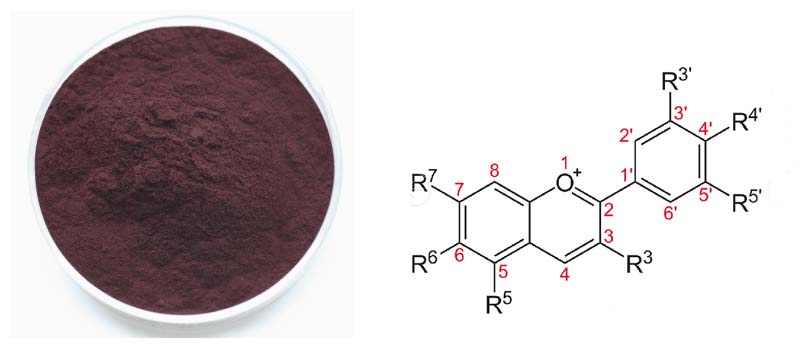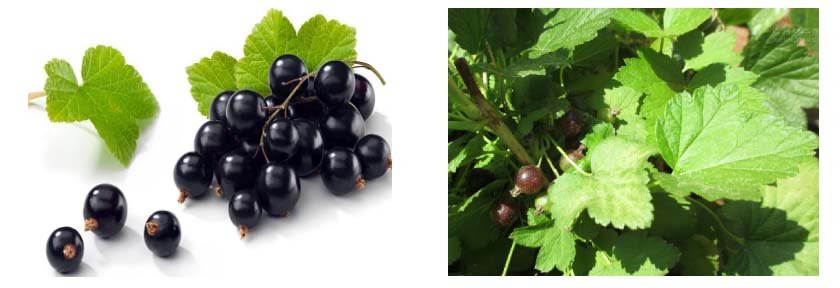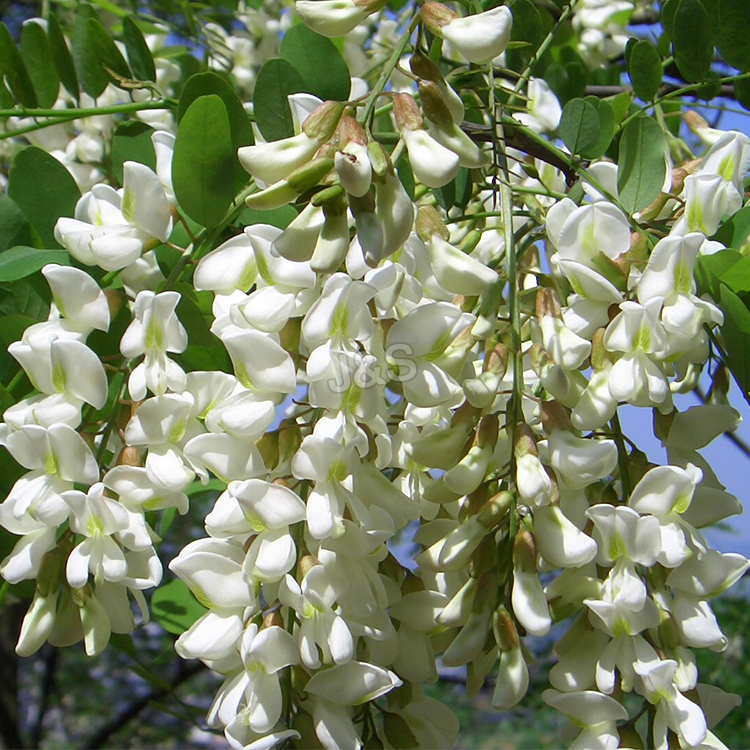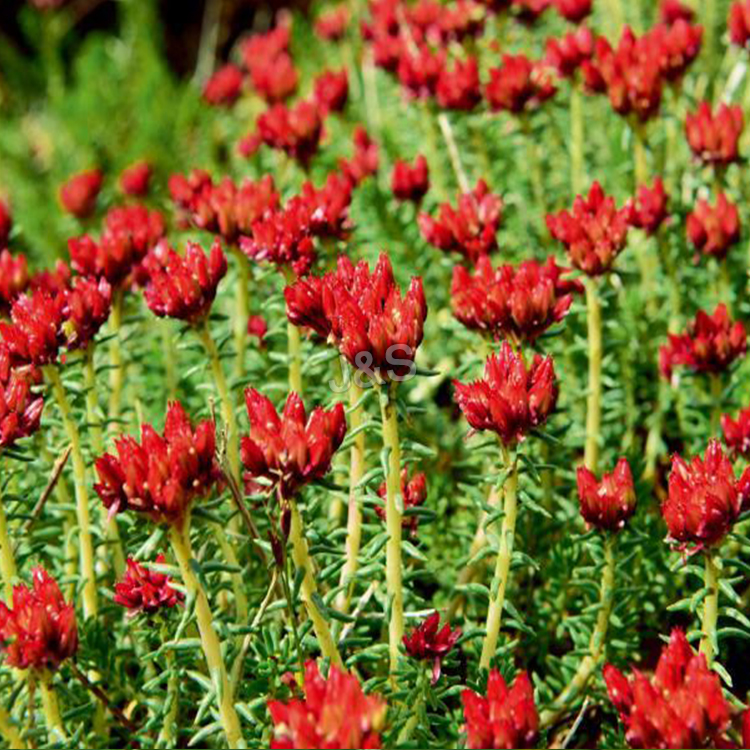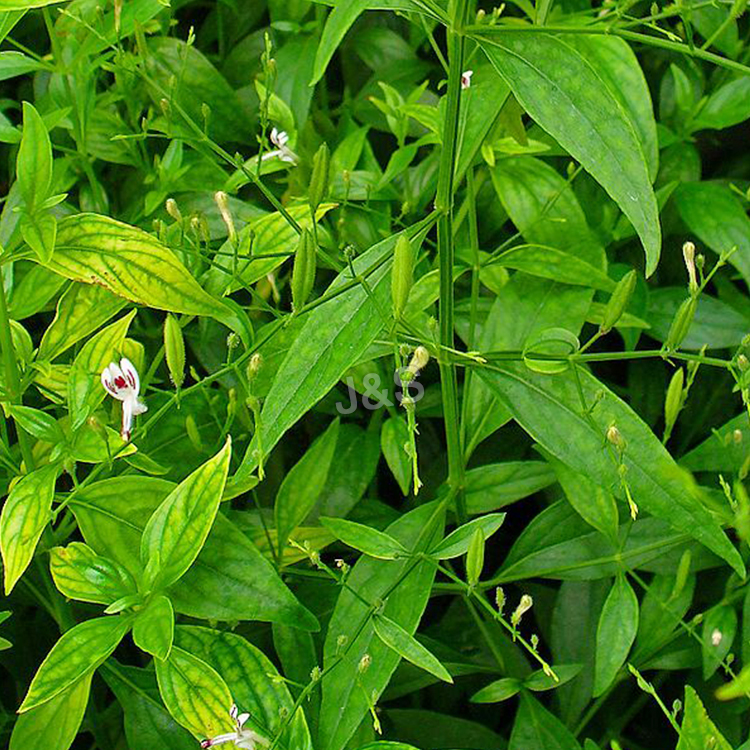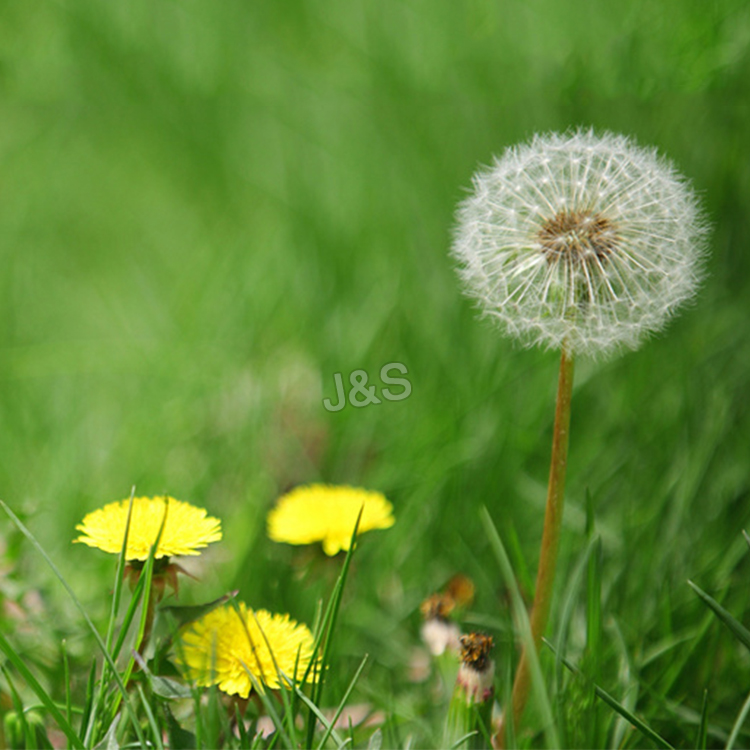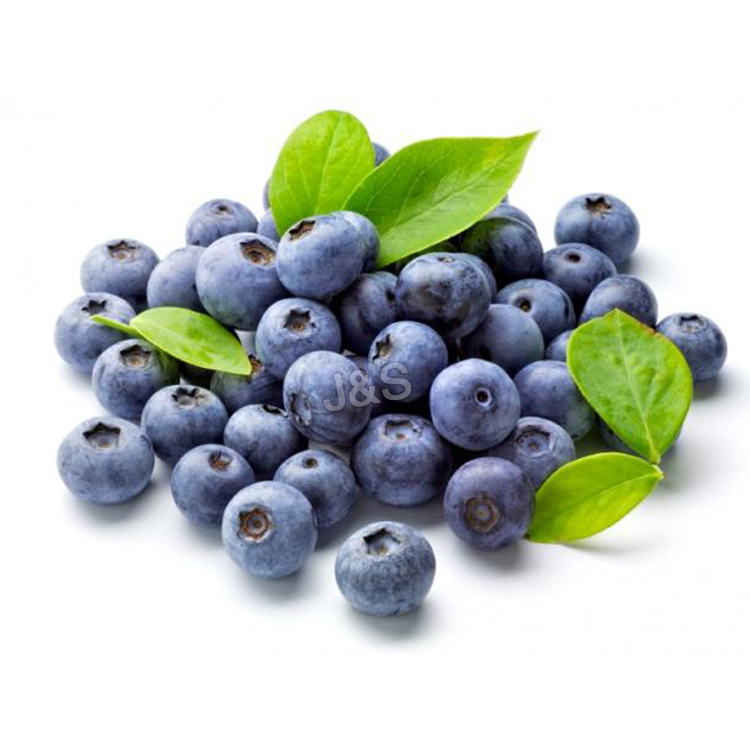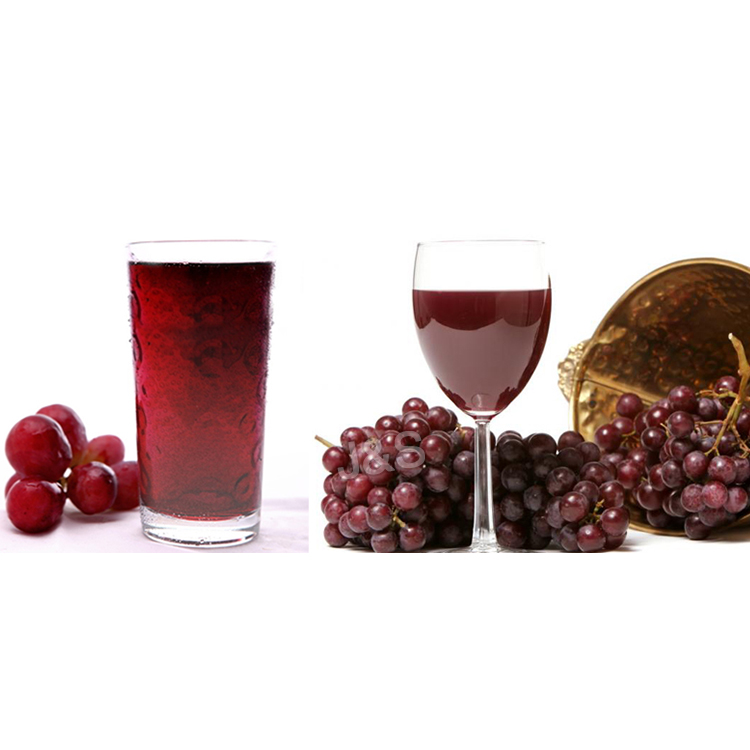China Top 10 Blackcurrant Extract Manufacturer in European
China Top 10 Blackcurrant Extract Manufacturer in European Detail:
[Latin Name] Ribes nigrum
[Specification] Anthocyanosides≥25.0%
[Appearance] Purple black fine powder
Plant Part Used: Fruit
[Particle size] 80Mesh
[Loss on drying] ≤5.0%
[Heavy Metal] ≤10PPM
[Storage] Store in cool & dry area, keep away from the direct light and heat.
[Shelf life] 24 Months
[Package] Packed in paper-drums and two plastic-bags inside.
[Net weight] 25kgs/drum
[What is Black currant?]
The black currant bush is a 6-foot tall perennial that entered the world somewhere in the regions that include northern Asia and central and northern Europe. Its flowers display five reddish-green to brownish petals. The celebrated black currant fruit is a glossy-skinned berry that carries several seeds laden with marvelous nutritional and curative treasures. An established bush can produce ten pounds of fruit per season
[Benefits]
1. Vision help my eyesight
2. Urinary Tract Health
3. Ageing & Brain Function.
4. Natural Brain Boost
5. Digestion & Fighting Cancer
6. Reducing Erectile Dysfunction
Product detail pictures:
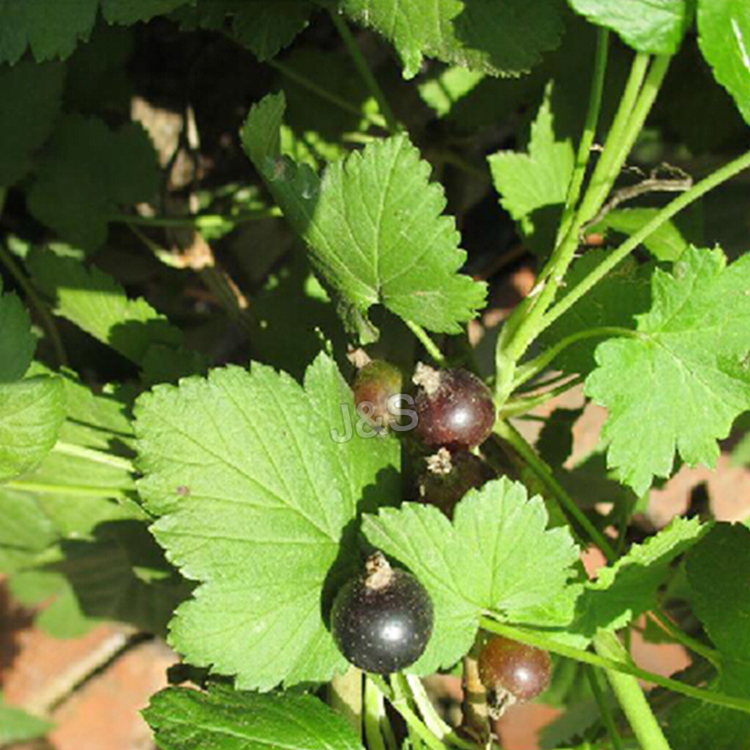
Related Product Guide:
It adheres to the tenet "Honest, industrious, enterprising, innovative" to develop new products constantly. It regards customers, success as its own success. Let us develop prosperous future hand in hand for China Top 10 Blackcurrant Extract Manufacturer in European , The product will supply to all over the world, such as: Roman, Birmingham, Detroit, Be sure to feel cost-free to send us your specs and we are going to respond for you asap. We have got a experienced engineering team to serve for the every single comprehensive needs. Free samples may be sent for yourself personally to know far more facts. So that you can meet your desires, please actually feel cost-free to contact us. You could send us emails and call us straight. Additionally, we welcome visits to our factory from all over the world for much better recognizing of our corporation. nd merchandise. In our trade with merchants of several countries, we often adhere to the principle of equality and mutual advantage. It is our hope to market, by joint efforts, both trade and friendship to our mutual benefit. We look forward to getting your inquiries.
Advocare Herbal Cleanse Review: https://bitly.com/advocare-cleanse
Woman lost 20lbs in 10 days using Advocare Herbal Cleanse.
The AdvoCare Herbal Cleanse system can help get rid of unhealthy toxins and waste with its unique combination of herbal ingredients. By using a systematic approach, this 10-day system guides you day by day through the steps for thorough internal cleansing and improved digestion.
Key Benefits of Advocare Herbal Cleanse:
Helps rid the toxins and waste
Supports improved digestion and thorough internal cleansing
Provides 10 grams of fiber per day
Helps remove impurities and toxins from the body
Supports healthy weight loss
Recommended every 90 days
Advocare Herbal Cleanse system includes these three key products:
ProBiotic Restore™ ULTRA: Probiotics are effective microorganisms that confer health improvements on the host. One’s body must maintain a healthy balance of beneficial bacteria and harmful bacteria to work at its best. When this balance is disturbed, it can have significant negative effects on our health. ProBiotic Restore ULTRA contains a superior multi-strain probiotic complex that delivers four billion colony forming units (CFU) of freeze dried friendly bacteria to support your body’s overall health by maintaining the normal, healthy balance of microorganisms your system needs. This probiotic complex with six high potency strains – three species of Lactobacillus and three species of Bifidobacterium ensures full coverage of both the small and large intestines. ProBiotic Restore ULTRA helps strengthen and support our immune system, supports intestinal health and function, aids in digestion and enhances your weight loss program. ProBiotic Restore is taken on days four through 10.
https://www.advocarenutritionworks.com/advocare-herbal-cleanse
Fiber Drink: Fiber Drink is rich in the fiber your body needs to work at its best. Each serving provides 10 grams of soluble and insoluble dietary fiber to help add the fiber most people’s diets fail to provide. As part of the Advocare Herbal Cleanse, the Fiber Drink helps move the toxins and waste products through the digestive tract while scouring your intestinal tract to support improved nutrient absorption. The fiber drink is available in a deliciously smooth peaches and cream flavor or a fruity citrus flavor. Take on days one through three, and again on days eight through 10.
Herbal Cleanse Tablet: The Herbal Cleanse tablet rounds out the system by providing herbal extracts necessary to help rid your body of the impurities that may be obstacles to achieving better health. One ingredient, senna leaf extract, is recognized for its use to relieve occasional constipation, in addition to encourage the mobilization of waste through the intestinal tract. Beet root powder and wheat grass juice are included in the formulation to aid in the reduction of metabolic by-products in the blood and the liver. Cranberry juice powder is added to help cleanse impurities from the kidneys and aid in excretion through the bladder. Milk thistle extract is added for its active component, silymarin. Silymarin has been traditionally used to aid in eliminating toxins from the liver, and is an excellent hepatoprotectant and antioxidant. The immune system is supported with echinacea, astragalus, garlic, zinc and vitamin C. Herbal Cleanse tablets also contain a wide range of B vitamins in sufficient amounts to help maintain energy levels during the detoxification period. Take on days one through seven.
Advocare Herbal Cleanse Instructions
It is recommended to consume a well-rounded, healthy diet while taking Herbal Cleanse. Drink clear liquids such as water, herbal teas and diluted fruit juices. Follow a diet loaded with whole, fresh fruits and vegetables with light lunch and dinner options. Stay away from fried, heavy foods, junk food and fast food. The truth is, adhering to these healthy eating habits for 10 days may encourage you to continue consuming healthy foods.
https://www.advocarenutritionworks.com/advocare-herbal-cleanse
Successful weight loss comes from changing eating and exercise habits. Improving overall health and well-being requires a continuous commitment to maintain a healthy lifestyle.
Along with thoroughly cleaning your kidneys, liver, colon and intestinal system, this cleanse provides powerful ANTI-INFLAMMATORY benefits that will actually reduce aches and pains.
There are special diet recommendations you should follow throughout the cleanse. You should pay attention to what you’re eating as to not disturb your system with foods that hinder digestion and increase infammation; this will limit successand decrease your results.
Ever wonder what to do with all those pumpkin seeds? I’ve created the perfect no oil, no salt solution: Roasted Pumpkin Seeds! Perfect snack with tons of fiber, texture and flavor! ((full recipe below))
☛ FULL RECIPE: https://www.thewateringmouth.com/roasted-pumpkin-seeds-no-oil-no-salt-nutritarian
Get my Chocolate Peanut Butter Smoothie recipe by signing up for my email newsletter (it gets delivered on the second email):
https://www.thewateringmouth.com/email-newsletter
☛ Please SUBSCRIBE on YouTube, like and comment.
☛ Share this video! ![]()
☯☯☯☯☯☯☯☯☯☯☯☯☯☯☯☯☯☯☯☯☯☯☯☯
SOCIAL:
★★ Follow me on Facebook: https://www.facebook.com/thewateringmouth
★★ Follow me on Instagram: https://www.instagram.com/thewateringmouth
★★ Get Free Cookbook: https://www.thewateringmouth.com/email-newsletter
★★ My Matcha Green Tea: https://thewateringmouth.com/product/organic-matcha-green-tea-powder-3-ounce-bottle/
☯☯☯☯☯☯☯☯☯☯☯☯☯☯☯☯☯☯☯☯☯☯☯☯
ABOUT
This is a recipe video created by Cheri Alberts of The Watering Mouth website. Cheri posts a new recipe video every week, which details how to make a new Nutritarian recipe each time. The full recipes are always found above in the description, by following the link to her blog post on the website. You can follow along with this series by subscribing to her YouTube channel.
Cheri blogs on her website “The Watering Mouth” https://www.thewateringmouth.com about recipes and more information that is applicable to anyone’s journey to health. Her website is intended to be an open, honest place to get healthy while exploring roadblocks, patterns, and food issues. The Watering Mouth is also a repository for some fantastic Nutritarian recipes (the healthiest end of the spectrum) that can be easily modified to suit your own personal taste and eating preferences. The best way to be informed about The Watering Mouth updates is to sign up for the email newsletter. When you sign up, you also receive a free healthy recipes cookbook. Sign up here: https://www.thewateringmouth.com/email-newsletter
We have been appreciated the Chinese manufacturing, this time also did not let us disappoint,good job!
